2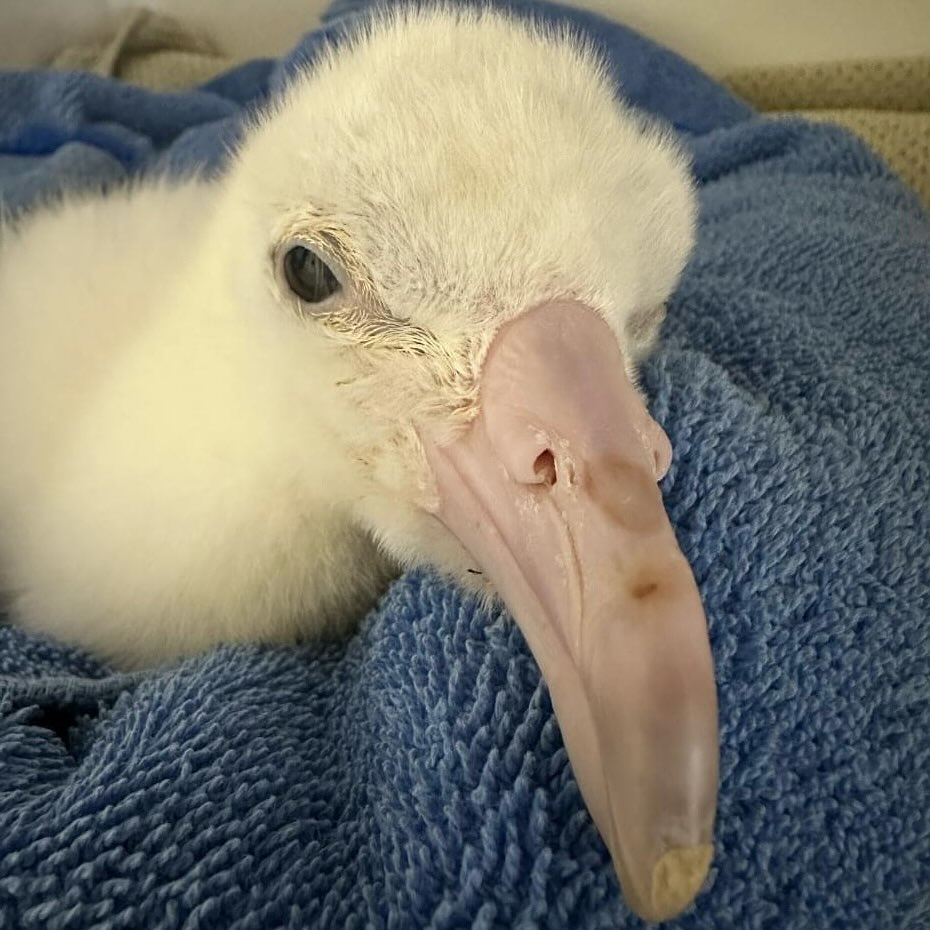 A Northern Royal Albatross chick in ICU after eating plastic, photograph by the Wildlife Hospital
A Northern Royal Albatross chick in ICU after eating plastic, photograph by the Wildlife Hospital
A 10-day old Endangered Northern Royal Albatross Diomedea sanfordi chick has died while under care in the Wildlife Hospital in Dunedin after it swallowed soft plastic that had been regurgitated to it by its parent at Taiaroa Head/Pukekura, South Island, New Zealand. The soft but tough plastic was discovered during necropsy to have caused an obstruction in the gastrointestinal tract, which ultimately led to starvation and organ failure.
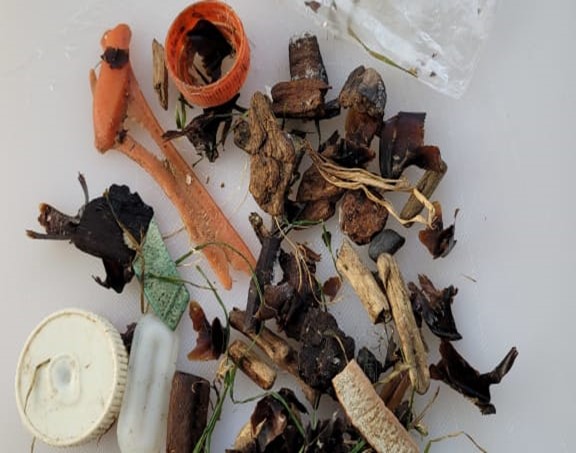 Plastic (and squid beaks) found in the regurgitation of an albatross chick, photograph by the Department of Conservation
Plastic (and squid beaks) found in the regurgitation of an albatross chick, photograph by the Department of Conservation
Department of Conservation biodiversity ranger Sharyn Broni said it was the first death of its kind at the Taiaroa Head colony, but rangers had feared something like this could happen after other close calls in recent years.
“This heartbreaking incident is a reminder it's vital to dispose of plastic rubbish carefully. People can also help by picking up litter they see on beaches, near waterways, or out on the ocean. Every piece you pick up could save a seabird's life.”
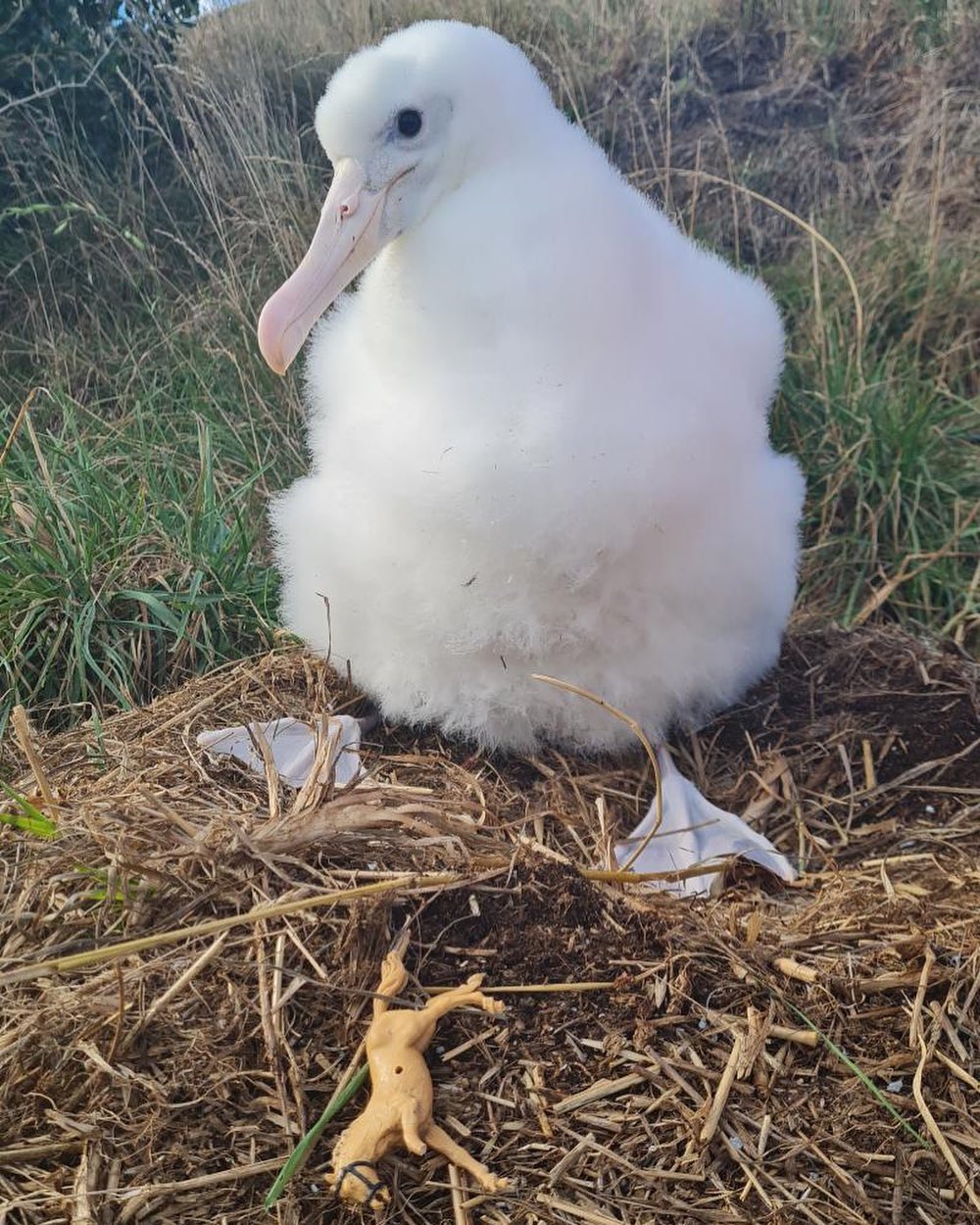
“My Little Pony”, photograph by Theo Thompson
In May 2021, a 9-cm-long plastic pony toy, which had been regurgitated by a parent, was found in a chick's nest. Fortunately, in that case the chick did not swallow it, Broni said.
"DOC staff found plastic in almost all the [albatross] chick regurgitations checked last season. The most common plastics seen were bottlecaps, however items like a plastic syringe were also found.”
Read more on the hatchling's death. Previous plastic items in addition to the pony toy found associated with Taiaroa Head’s albatrosses have included bottle caps, squid lures, fishing floats, a container tab and the handle of an infant formula scoop.
Plastic pollution was the theme for last year’s World Albatross Day (WAD2023) on 19 June.
John Cooper, Emeritus Information Officer, Agreement on the Conservation of Albatrosses and Petrels, 28 March 2024

 English
English  Français
Français  Español
Español 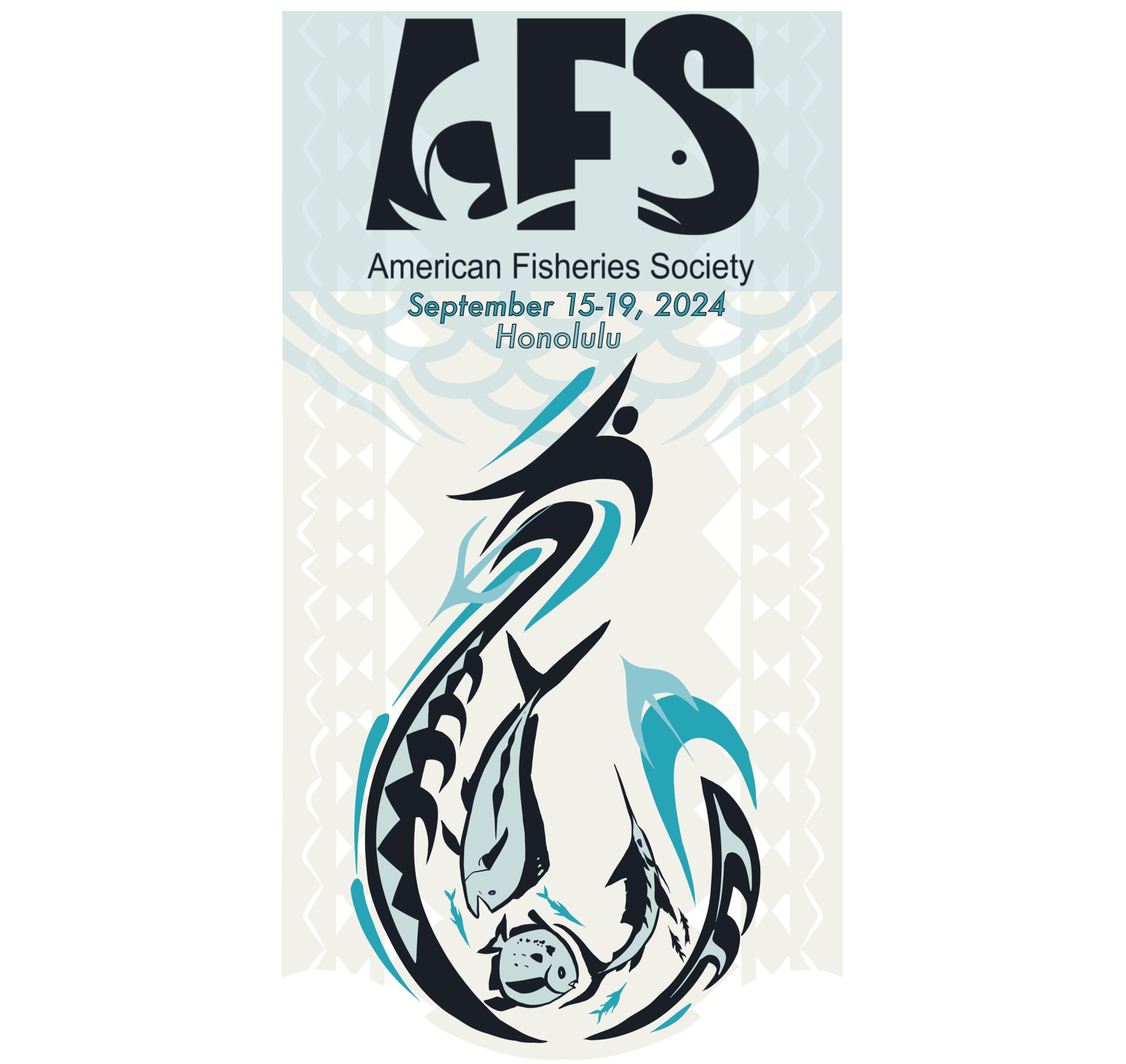
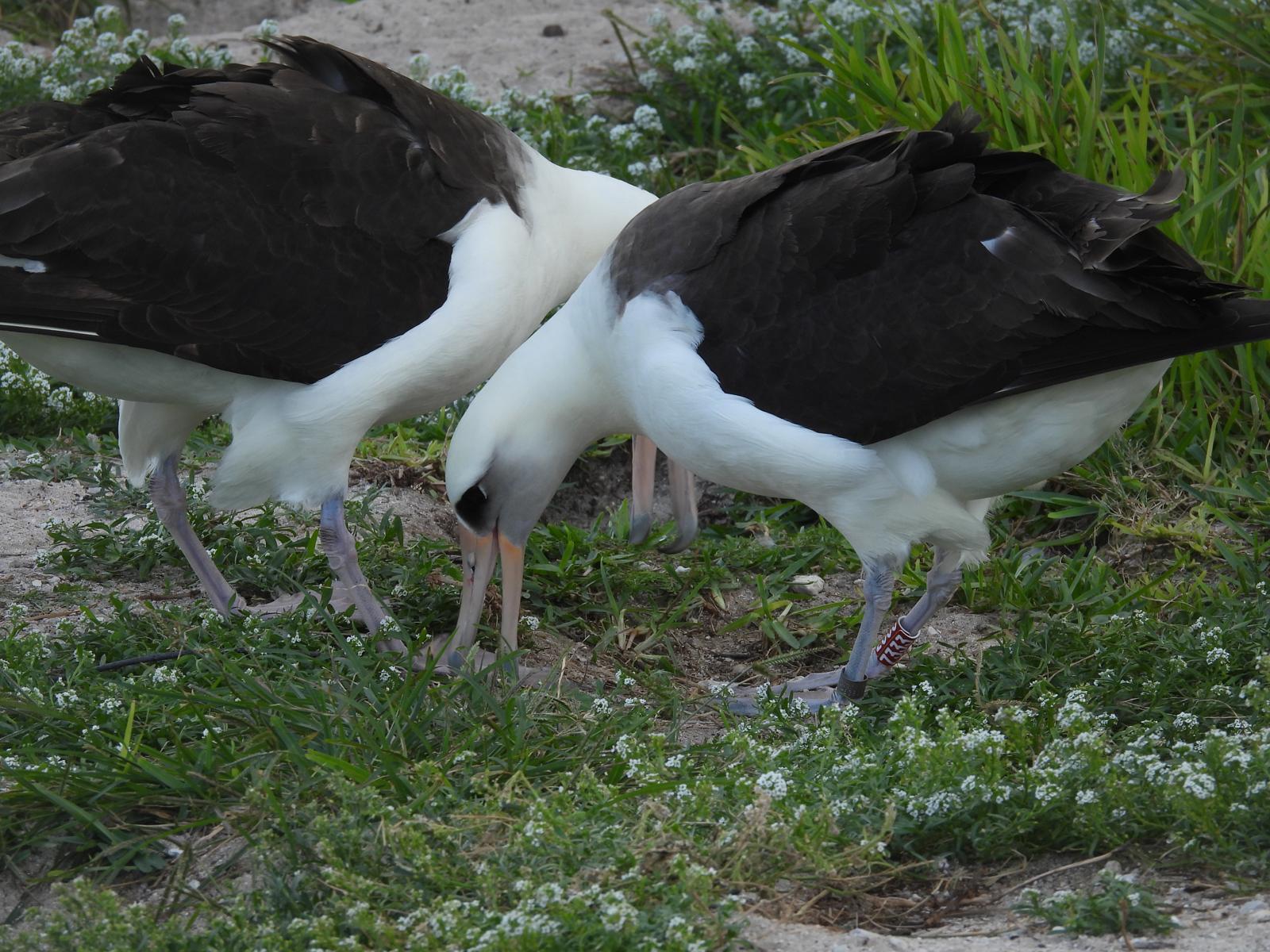 Wisdom (right) displays with another Laysan Albatross, 18 March 2024
Wisdom (right) displays with another Laysan Albatross, 18 March 2024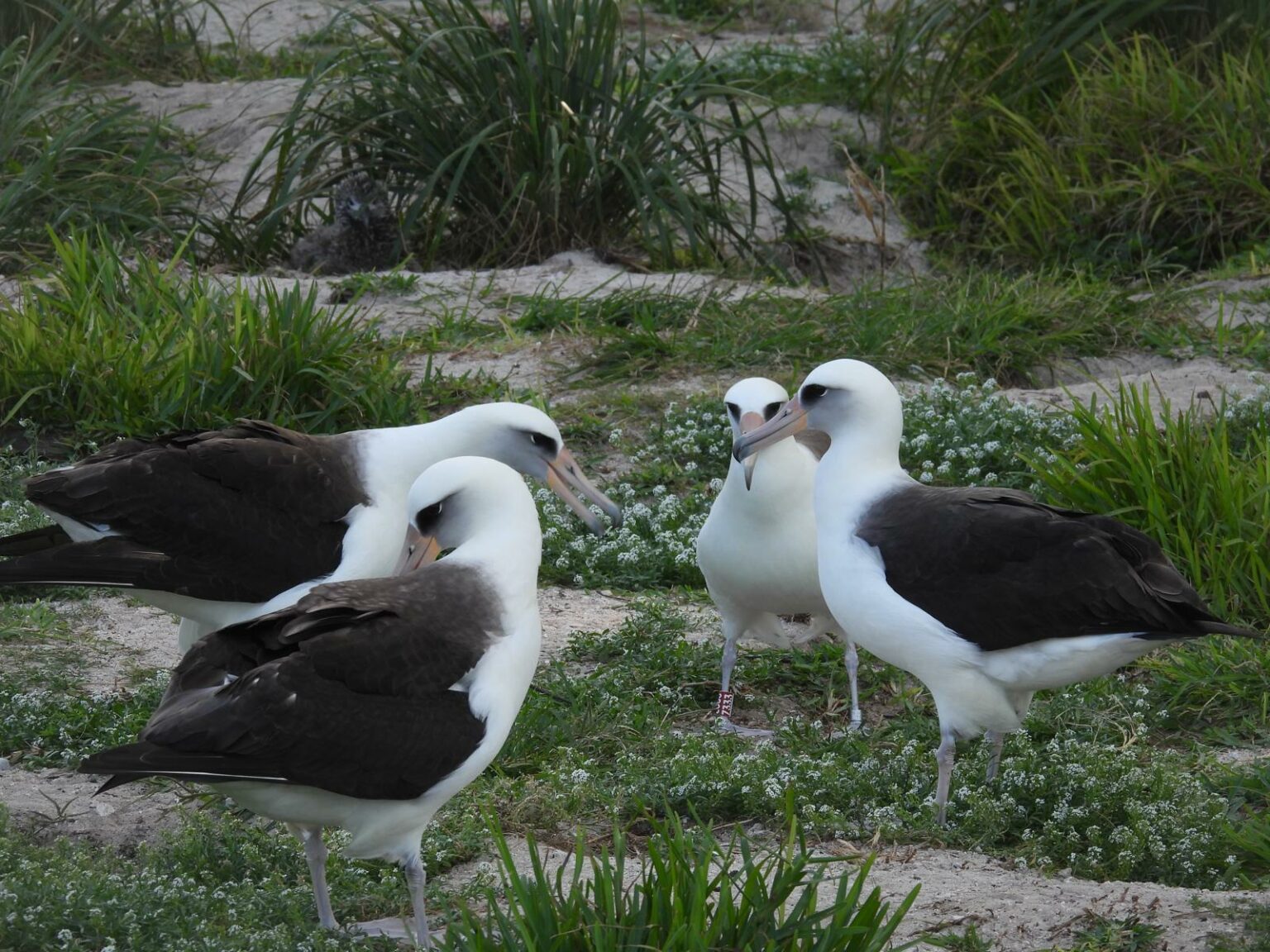 Wisdom (centre) displays with three other Laysan Albatrosses, 18 March 2024
Wisdom (centre) displays with three other Laysan Albatrosses, 18 March 2024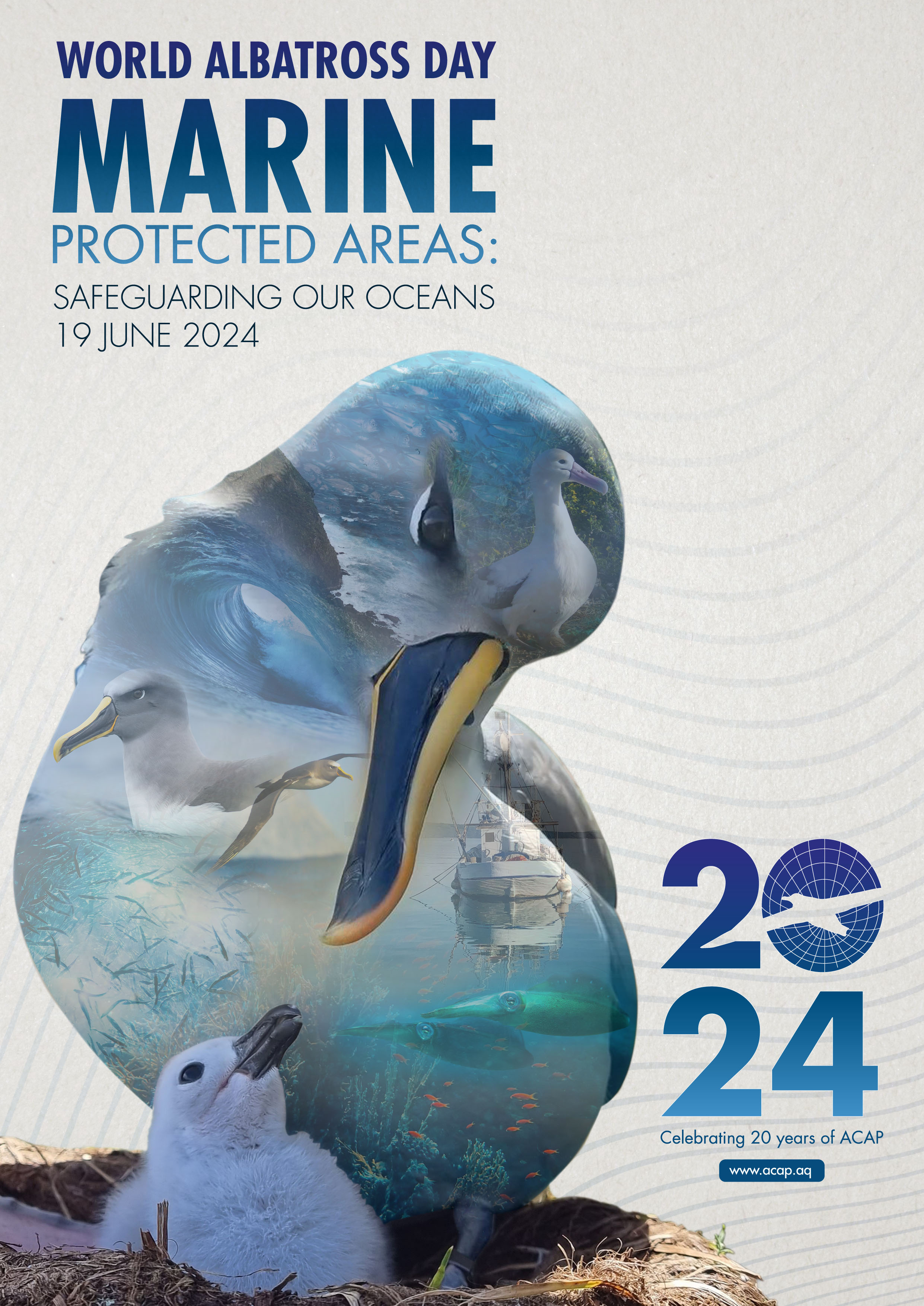 New Zealand’s Near Threatened
New Zealand’s Near Threatened  A Shy Albatross on Australia's Albatross Island; photograph by Rachael Alderman
A Shy Albatross on Australia's Albatross Island; photograph by Rachael Alderman